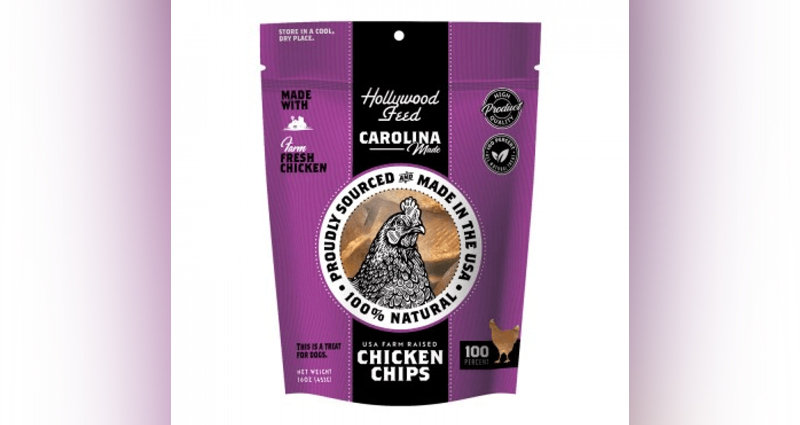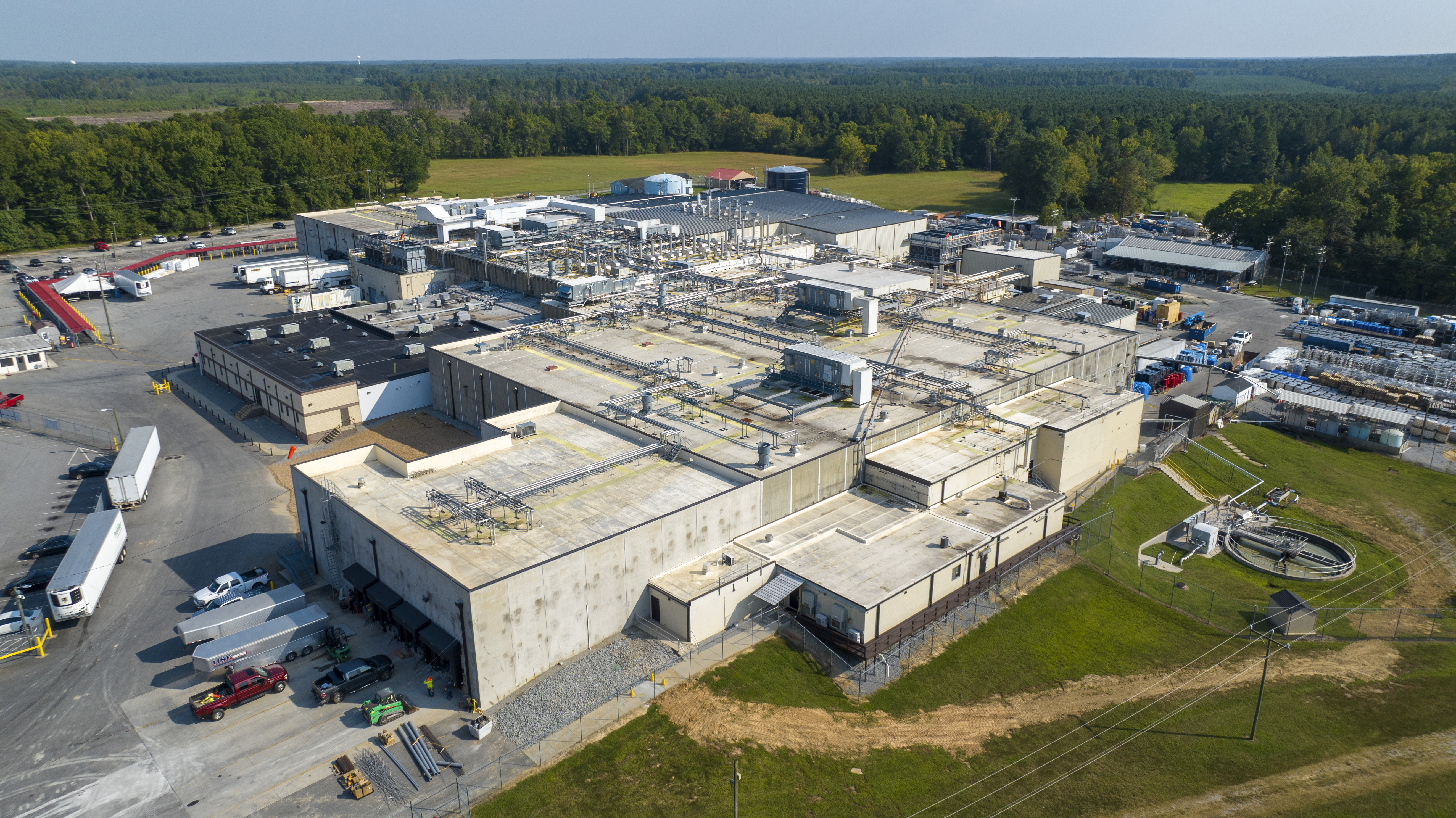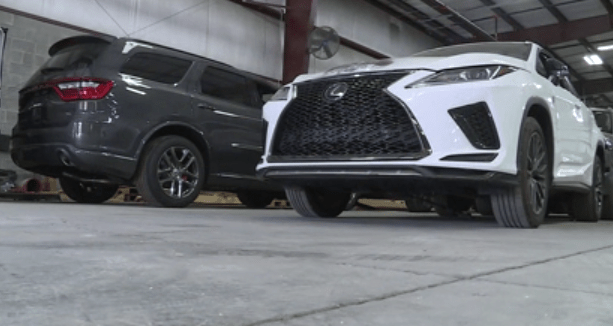VIRGINIA BEACH, Va. (WAVY) — A new underwater discovery will slow down progress on the construction of a new tunnel for part of the 17.6-mile Chesapeake Bay Bridge-Tunnel that connects Hampton Roads to Virginia’s Eastern Shore.
Work had been ongoing on a new 5,700-foot bored tunnel being built parallel to an existing one — as part of the aptly-named Parallel Thimble Shoal Tunnel project.
The new two-lane tunnel will carry the southbound lane, while the existing tunnel will convert to a two-lane northbound lane.
“It also separates opposing traffic so it increases safety,” said Jack Hutchens, Project Safety Director for Chesapeake Tunnel Joint Venture.
But Chessie, the tunnel-boring machine, found an anchor in the way that will put a pause on tunnel-boring efforts until next February. It will delay the completion of the project from December 2026 to May 2027.
“We certainly didn’t anticipate finding a ship anchor, especially one of this size,” Hutchens said.
The anchor is branded with “W.L. Byers and Co.”
It’s while tunneling that Chessie hit the anchor.
“We wouldn’t be able to just keep pushing forward,” Hutchens said.
The process that began in February 2023 starts with Chessie’s cutter-head that digs through the ground. Whatever it picks up is then thrown on a conveyor belt and dumped into a barge or truck.
Chessie then connects concrete segments to build out the tunnel.
Hutchens said it’s not uncommon to find something underwater like that.
“It’s not unheard of, but it’s not every time you go out with a TBM (tunnel boring machine),” he said.
The discovery pauses tunneling until February 2024, as it’s a long process to make the necessary fixes, Hutchens says.
“Safely put workers into the front of the machine inside the cutter head to be able to remove what remains of the anchor and examine the cutter head,” he said.
He said wear detectors show some damage, but any damage toll can be replaced.
It’s not quite what crews wanted to find, but Hutchens said it wasn’t a surprise.
“When you consider the area we are tunneling through, a very common shipping area, he said, “no one was really shocked by what we found.”


























































